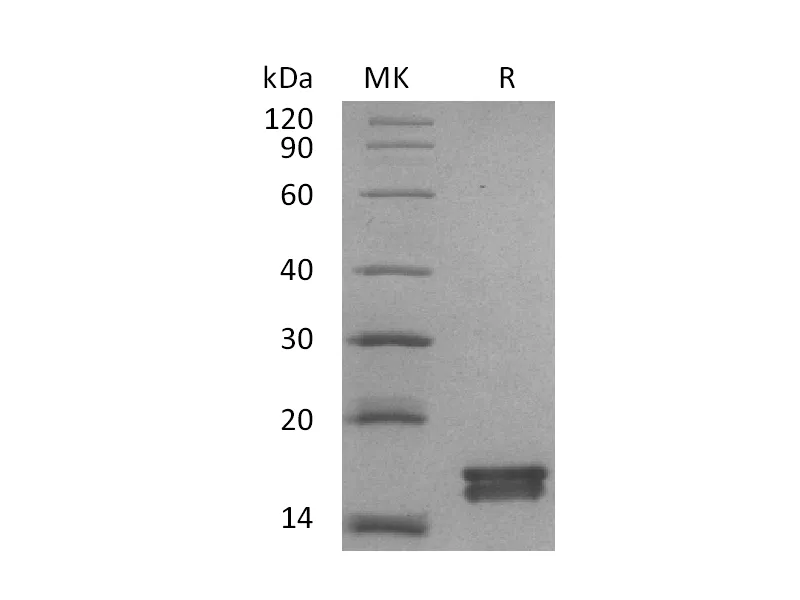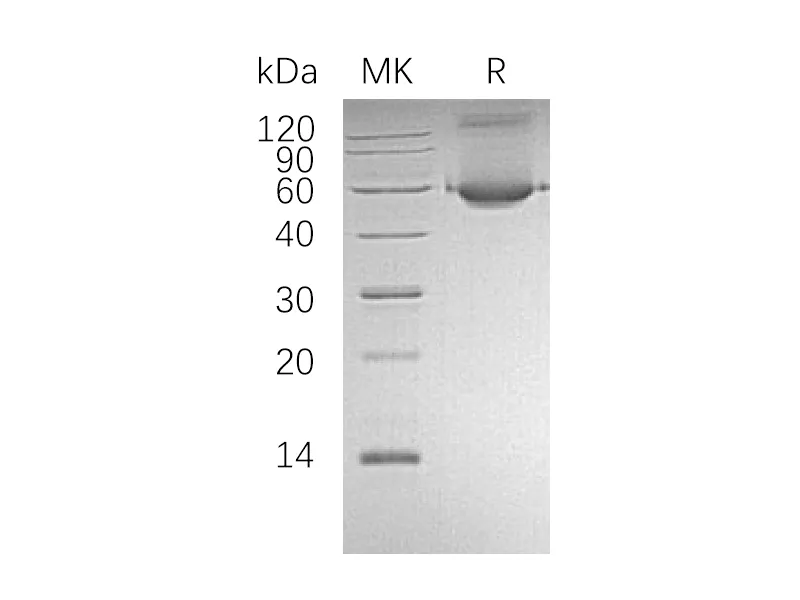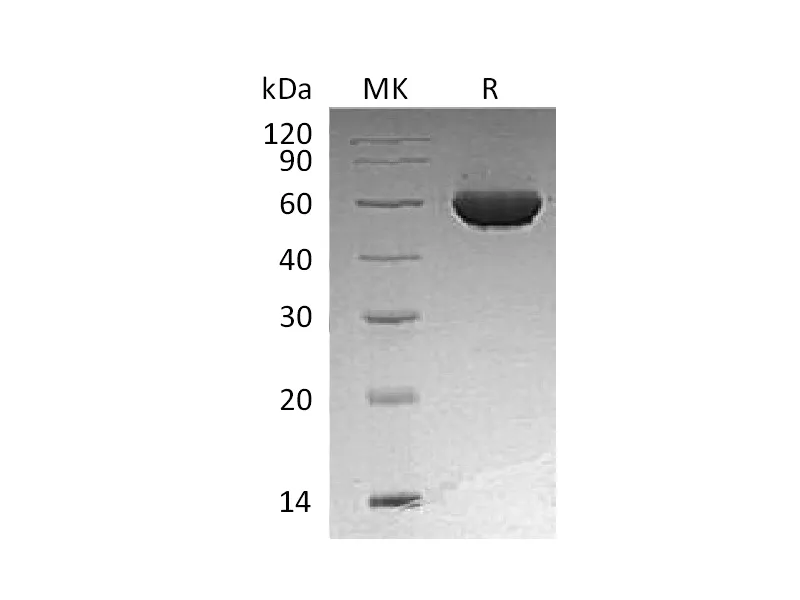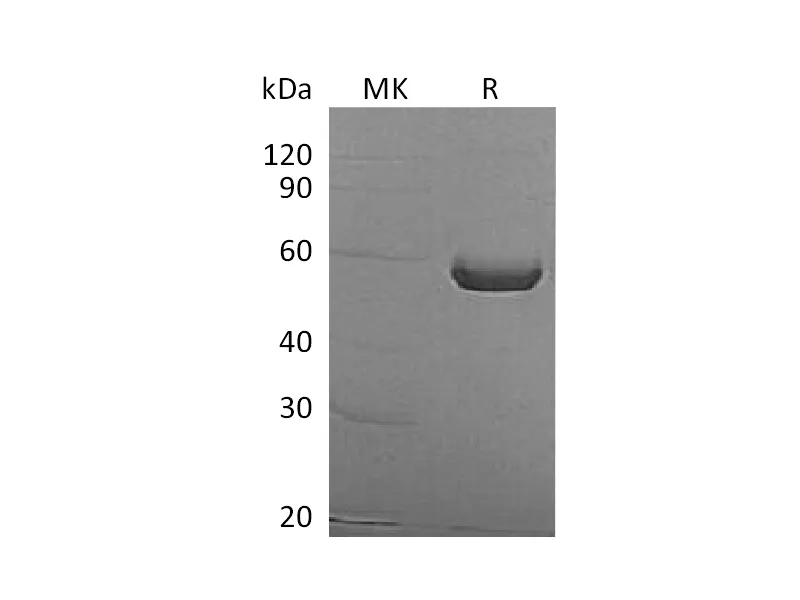Alternative Names
CD5 antigen-like;Apoptosis inhibitor expressed by macrophages;Apoptosis inhibitory 6;CT-2;SP-alpha;Cd5l;Aim; Api6
Background
CD5L, also known as CD5 antigen-like, is secreted protein which mainly expressed by macrophages in lymphoid and inflammed tissues and regulates mechanisms in inflammatory responses, such as infection or atherosclerosis. It is able to inhibit lipid droplet size in adipocytes. CD5L acts as a key regulator of metabolic switch in T-helper Th17 cells. It is Participates in obesity-associated autoimmunity via its association with IgM, interfering with the binding of IgM to Fcalpha/mu receptor and enhancing the development of long-lived plasma cells that produce high-affinity IgG autoantibodies. It also acts as an inhibitor of apoptosis in macrophages: promotes macrophage survival from the apoptotic effects of oxidized lipids in case of atherosclerosis. It is involved in early response to microbial infection against various pathogens by acting as a pattern recognition receptor and by promoting autophagy.
Note
For Research Use Only , Not for Diagnostic Use.




